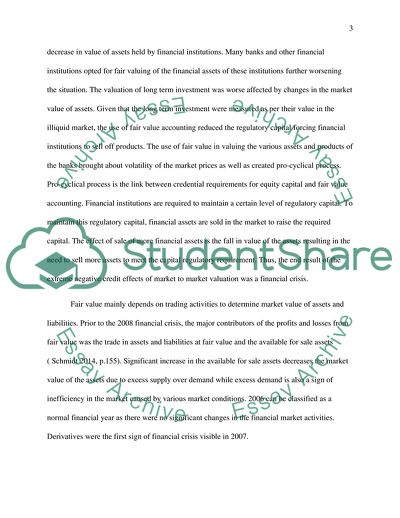Cite this document
(Advanced Financial Reporting and Regulation Coursework - 1, n.d.)
Advanced Financial Reporting and Regulation Coursework - 1. https://studentshare.org/finance-accounting/1864332-advanced-financial-reporting-and-regulation
Advanced Financial Reporting and Regulation Coursework - 1. https://studentshare.org/finance-accounting/1864332-advanced-financial-reporting-and-regulation
(Advanced Financial Reporting and Regulation Coursework - 1)
Advanced Financial Reporting and Regulation Coursework - 1. https://studentshare.org/finance-accounting/1864332-advanced-financial-reporting-and-regulation.
Advanced Financial Reporting and Regulation Coursework - 1. https://studentshare.org/finance-accounting/1864332-advanced-financial-reporting-and-regulation.
“Advanced Financial Reporting and Regulation Coursework - 1”. https://studentshare.org/finance-accounting/1864332-advanced-financial-reporting-and-regulation.


